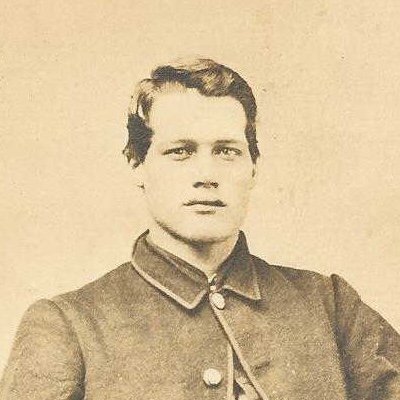
BLog
Etched in Memory: The Artwork of Vincent Colyer
Following the Bombardment of Wrangell, Vincent Colyer published detailed artwork of Fort Wrangel and Ḵaachx̱ana.áakʼw which challenged the Army’s version of events.
Walking the Bombardment of Wrangell
While Wrangell has grown since 1869, many of the places mentioned in the Bombardment of Wrangell story can still be visited on foot today.
Reading Wrangell’s Historic Newspapers
Wrangell boasts some of Alaska's most historic newspapers, dating back to 1885. These publications were instrumental in shaping the community's development and preserving a glimpse into its rich history.
Capturing Wrangell: The Photos of Eadweard Muybridge
In 1868, legendary photographer Eadward Muybridge took the first known photos in Wrangell history. His photos are a gateway to the past, a snapshot in time just after the U.S. Army arrived.
“Feed My Sheep:” The Letter That Brought Sheldon Jackson to Alaska
Rev. Sheldon Jackson's long legacy in Alaska began with a March 1877 letter by Josiah Sawyer Brown, a Fort Wrangel soldier.
Wrangell Votes for U.S. House
Since statehood, Wrangell has voted on Alaska's delegate to the United States House of Representatives. Here are the results.
Who Killed Moses Shakes?
When the son of Chief Shakes mysteriously drowned in 1911, his family constructed a monument with an unforgettable epitaph.
Wrangell Memorial Cemetery: City of the Dead, Playground of the Living
Wrangell Memorial Cemetery was intended to be Wrangell’s final resting place, but it became a place that brought Wrangell to life.
City Park Cemetery
The so-called “City Park Cemetery” is a small collection of headstones inside the south end of the park. Very little is written about this cemetery or how it began.









